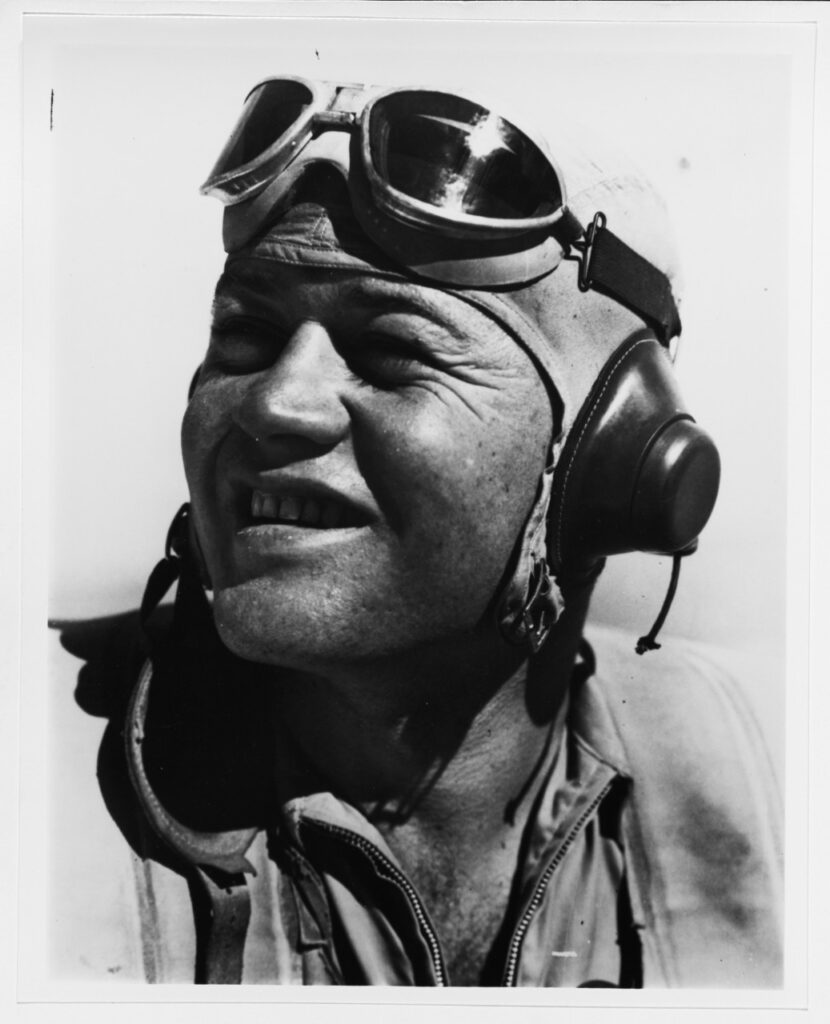Life Aboard An Essex Class Carrier During WWII
I search YouTube for oral histories and documentaries on World War II Essex class carriers such as USS Franklin (CV-13). Last week, it was kind enough to bring the 1944 Academy Award winner for Best Feature Documentary to my attention.
The Fighting Lady, an hour-long film, is one of the top documentaries about WWII produced during the war. Covering the time period from mid-summer 1943 to mid-summer 1944, it gives the viewer the official view of daily life aboard an Essex class carrier. And it uses actual combat footage to show missions against Marcus Island, Truk, and the Marianas Turkey Shoot.
Although the film never names the ship because of wartime censorship, it was USS Yorktown (CV-10), the second commissioned of the Essex class. She had a long and storied history. Fortunately for posterity, she is now a museum ship at Patriots Point, near Charleston, South Carolina where you can visit her today.
Fans of movies of the 1940’s-1960s should immediately recognize the distinctive voice of the narrator as actor Robert Taylor. At the time he worked on this documentary, he was a Lieutenant in the US Navy. The subject matter was a good match for his skills as he’d learned to fly in the 1930’s and also served as a flight instructor while in the Navy.1
Designed to raise morale on the home front, the film went into detail explaining what life was like on a carrier. The documentary shows men working in various roles including on the flight deck, in the mail room, gun turrets, messrooms, and other stations. It also showed them off duty, playing poker, swimming in the ocean, watching movies and relaxing at the gedunk bar.2
Glamor Boys and Zoom Pigeons
Slang has always been a part of the military and the 1940’s US Navy contributed its fair share.
Movie goers learned that “friendly terms” sailors frequently used were:
Glamor Boys–Commissioned officers who were pilots
90-Day Wonders–naval reserve officers
Trade School Boys–US Naval Academy graduates
Zoom Pigeons, Airedales, and Bankroll Boys (because they received extra flight pay)–the enlisted aircrewmen such as tail gunners and radio men.
“…Never before in history has an ocean born such a weight of naval power.”
The documentary also shows footage of combat taken from Navy aircraft over Marcus Island, Truk, and in the Marianas. 1944 was the first year that carriers assembled into what became Task Force 58 under Admiral Spruance and Admiral Mitscher. (Task Force 38 when Admiral Halsey commanded.) When Franklin, nicknamed “Big Ben,” was attacked off the coast of Japan in March 1945, she was one of 16 carriers in Task Force 58. Those carriers allowed Admiral Mitscher to attack with 1000 planes at at time.3

Boyington, shown in flight-gear while he was the Commanding Officer of Marine Fighting Squadron Two Hundred and Fourteen (VMF-214), circa 1943-1944. Courtesy of the U.S. Naval Institute Photo Collection. U.S. Naval History and Heritage Command Photograph. NH 93596
A slight connection exists between one of the raids shown and USS Franklin, even though she wasn’t present. American POWs were on Truk when it was raided. Pappy Boyington, who commanded Marine squadron VMF-214, known as the Black Sheep, before his capture, was one of several POWs who had to take cover from the bombers. Supposedly, if you look closely, you can see some figures diving for cover during one of the bombing attacks. VMF-214, was later stationed on Big Ben, although all of the Black Sheep had rotated out of it by that time.
If you’d like to learn more about life aboard a World War II Essex class carrier, give it a look. I give it a well-deserved five stars!